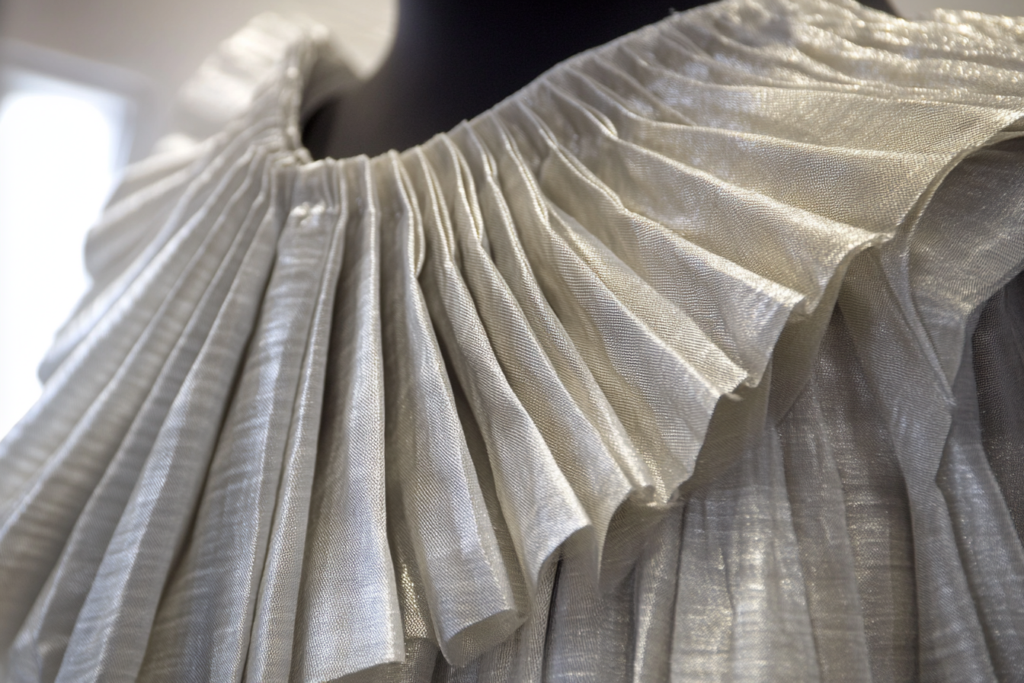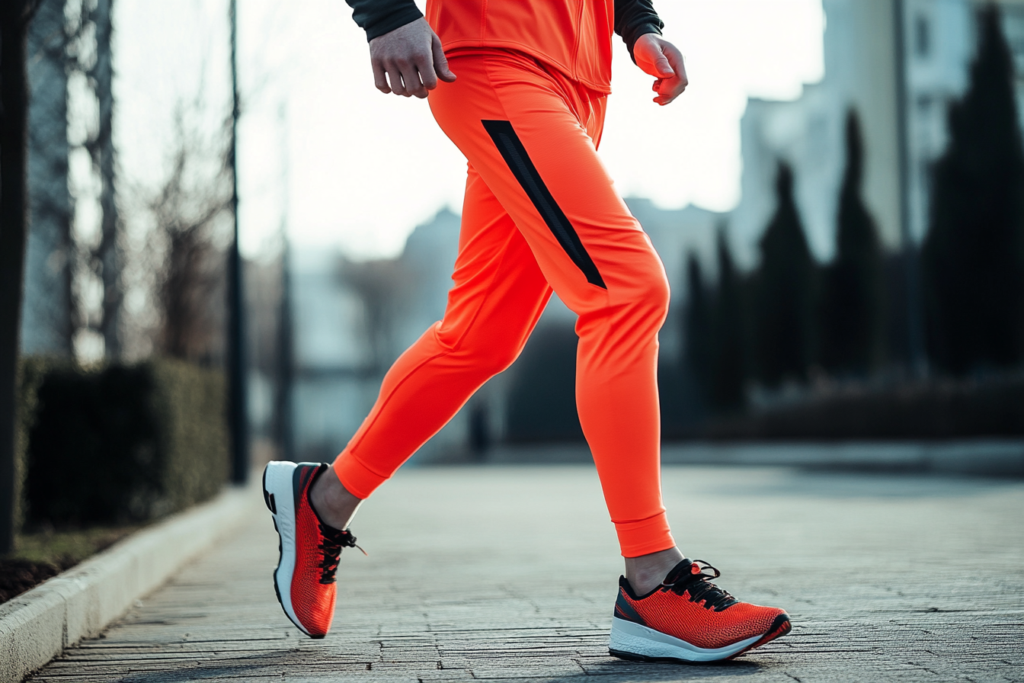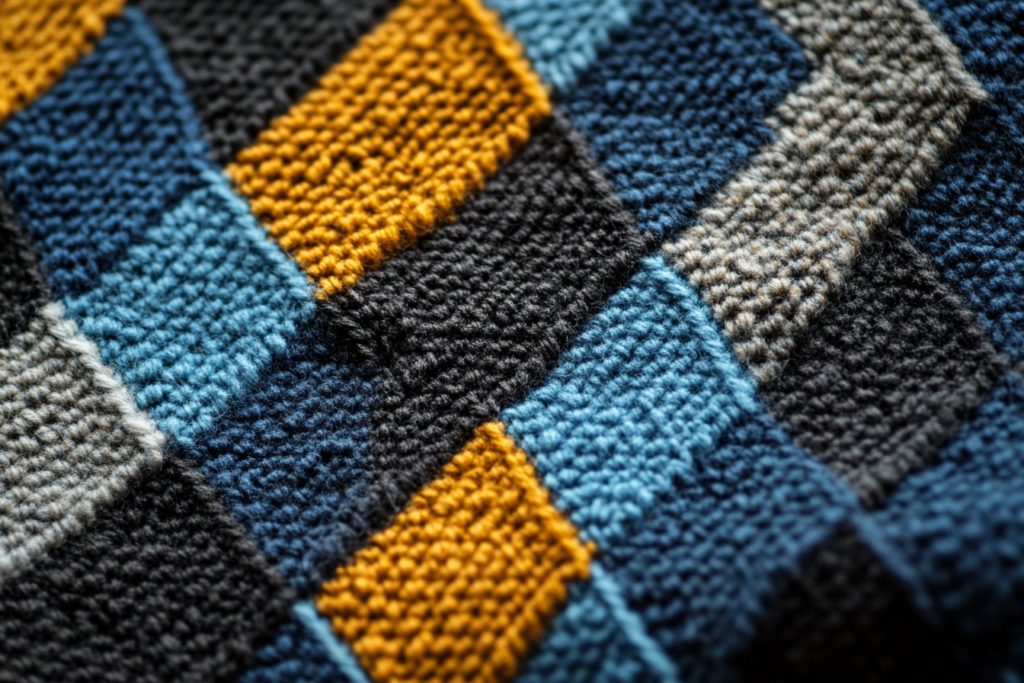Top Weight: The Fabric Choice for Comfortable, Stylish Tops
Meta Description: Top weight fabric refers to the material used for making loose-fitting tops, blouses, and shirts. Learn about top weight fabrics and their ideal uses in garment construction.
What is Top Weight Fabric?
Top weight fabric refers to fabrics that are lightweight, yet strong enough to be used for creating loose-fitting tops, blouses, shirts, and other upper body garments. These fabrics are typically soft, breathable, and comfortable, offering just the right amount of drape for tops that need to be light and airy but still maintain some structure.
Top weight fabrics are distinguished from bottom weight fabrics, which are used for heavier garments such as pants, skirts, and jackets. Top weight fabrics are often chosen for their versatility, comfort, and ability to be used for both casual and formal tops, depending on the design and fabric choice.
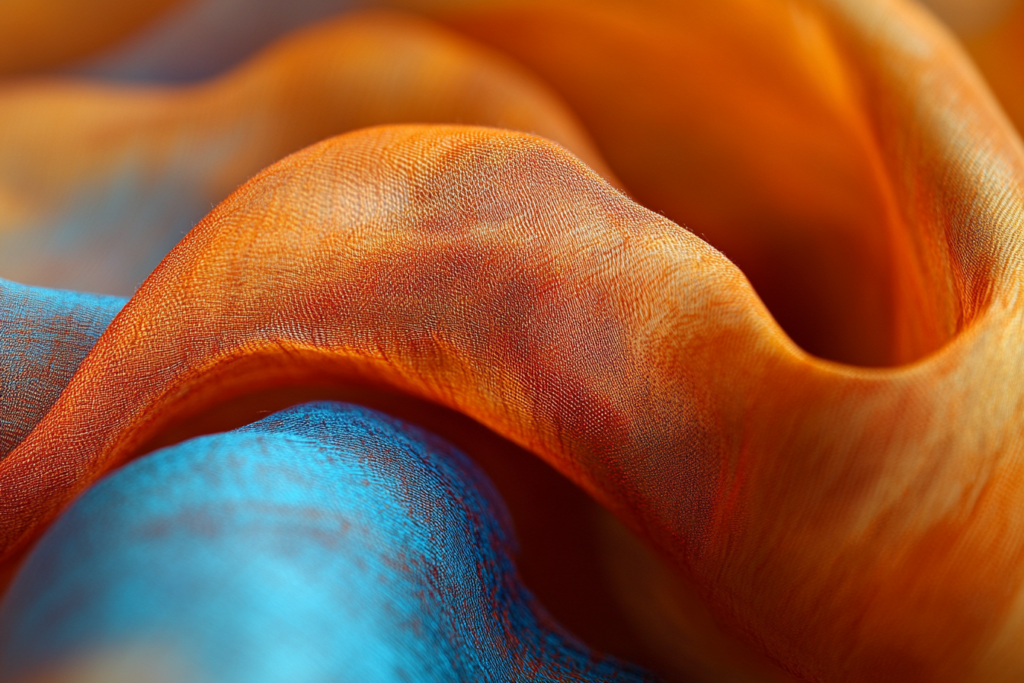
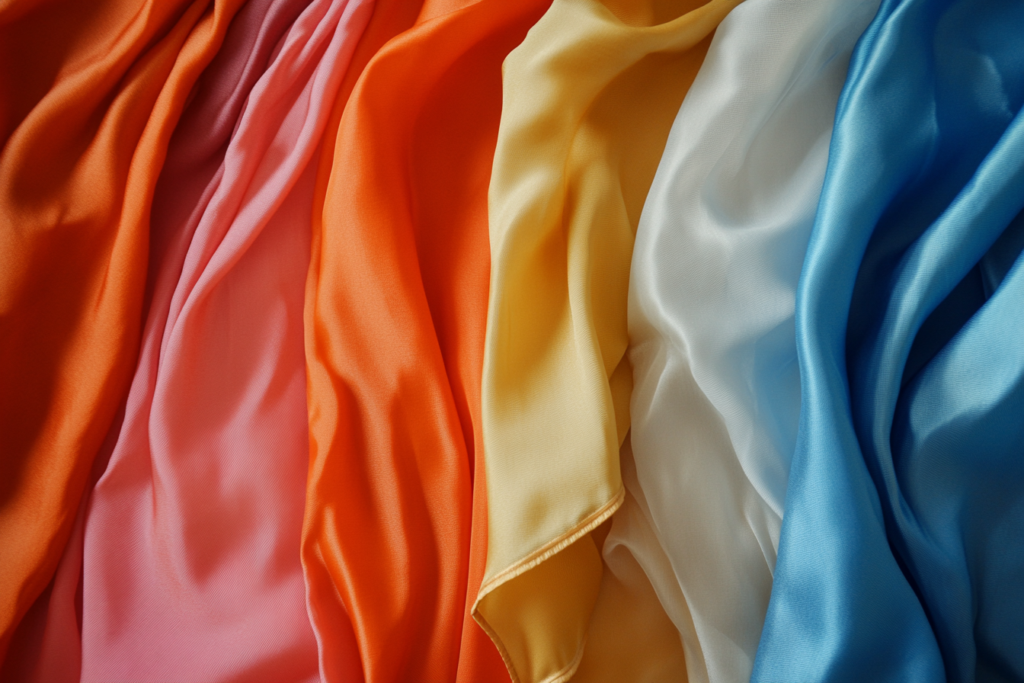
Characteristics of Top Weight Fabric
1. Light to Medium Weight
- Top weight fabrics typically range from lightweight to medium-weight, offering a good balance of softness and durability. They are light enough for blouses and shirts, but sturdy enough to hold their shape throughout wear.
2. Soft and Comfortable
- The fabric is often soft and comfortable against the skin, making it ideal for garments that will be worn on the upper body, where comfort is essential.
3. Breathable
- Most top weight fabrics, especially those made from natural fibers like cotton or linen, are breathable, allowing air to circulate and keeping the wearer cool in warmer climates.
4. Fluid Drape
- The fabric typically has a fluid drape, which means it falls naturally around the body, enhancing the look of loose-fitting tops while still maintaining a degree of structure.
5. Versatile for Different Styles
- Top weight fabrics can be used for a variety of styles, from casual tees and blouses to dressy shirts and formal blouses. The fabric’s versatility makes it suitable for both day-to-day wear and more refined styles.
Common Top Weight Fabrics
📌 Cotton
- Cotton is one of the most common top weight fabrics. It is soft, breathable, and easy to care for, making it an ideal choice for casual shirts, blouses, and summer tops.
📌 Linen
- Linen is another top weight fabric commonly used for warm-weather garments. It is lightweight, breathable, and has a natural crisp texture that lends itself well to casual, comfortable tops.
📌 Silk
- Silk is a luxurious top weight fabric, often used for dressier blouses and tops. It has a soft, smooth feel and provides a more elegant drape for formal occasions.
📌 Rayon
- Rayon is a synthetic fabric that mimics the softness and drape of silk but at a more affordable price. It is often used for blouses and shirts because of its smooth texture and versatility.
📌 Polyester
- Polyester is a common synthetic top weight fabric that is durable, wrinkle-resistant, and easy to care for. It is often blended with other fabrics like cotton to provide additional durability and stretch.
📌 Tencel (Lyocell)
- Tencel, also known as lyocell, is a soft, eco-friendly fabric made from wood pulp. It is breathable, has a smooth texture, and is commonly used for blouses, shirts, and casual dresses.
Why Choose Top Weight Fabric?
1. Comfort and Breathability
- Since top weight fabrics are typically lightweight and breathable, they offer comfort and flexibility, which are essential for garments worn on the upper body. These fabrics allow for free movement and prevent overheating, especially in warmer climates.
2. Great for Layering
- Top weight fabrics are often chosen for their ability to be easily layered with jackets, sweaters, or cardigans. They provide just the right amount of coverage without feeling too bulky or heavy.
3. Flattering Fit
- The fluid drape of top weight fabrics creates a flattering and relaxed fit that enhances the overall look of the garment. The fabric flows naturally around the body, offering a balanced silhouette without clinging.
4. Versatility for Different Seasons
- While top weight fabrics like cotton and linen are perfect for summer, heavier top weight fabrics such as flannel or tweed can also be used for fall and winter shirts or blouses, making them a versatile option throughout the year.
5. Easy to Maintain
- Many top weight fabrics, especially cotton and polyester blends, are easy to care for, requiring less attention compared to delicate fabrics like silk or wool.
How to Style Garments Made from Top Weight Fabrics
📌 Casual Look
- Pair a cotton blouse with jeans or denim shorts for a relaxed, casual look. You can add sneakers or flats to complete the outfit.
📌 Professional Look
- Rayon or silk tops can be worn with tailored pants or a pencil skirt for a more refined look suitable for office wear or formal meetings. Add a blazer or cardigan for added style.
📌 Summer Style
- For a summer-ready style, opt for linen shirts paired with lightweight skirts or shorts. The breathable fabric will keep you cool while looking stylish.
📌 Evening Look
- Silk blouses or rayon tops can be dressed up with dressy skirts or tailored pants for a chic evening look. Pair with heels and statement accessories for a sophisticated touch.
Conclusion: The Versatility of Top Weight Fabrics
Top weight fabrics are a staple in the fashion industry, offering the perfect balance between comfort, drape, and versatility. Whether used for casual blouses, dressy tops, or summer dresses, top weight fabrics are lightweight yet durable, making them suitable for a wide range of garments. Their breathable nature and ability to maintain a flattering fit make them an essential choice for year-round wear.
By choosing the right top weight fabric, you can create stylish and functional garments that work for any occasion.

